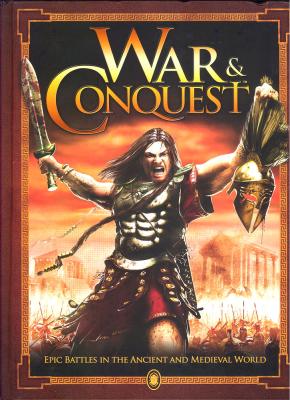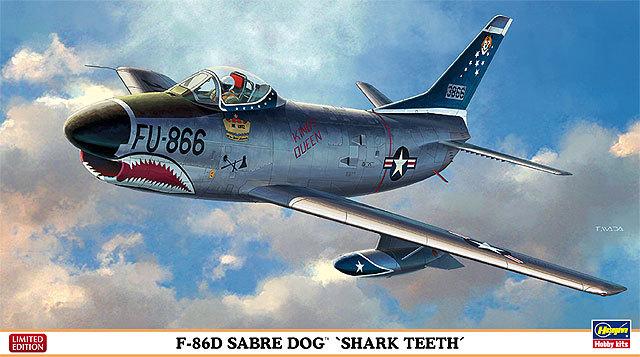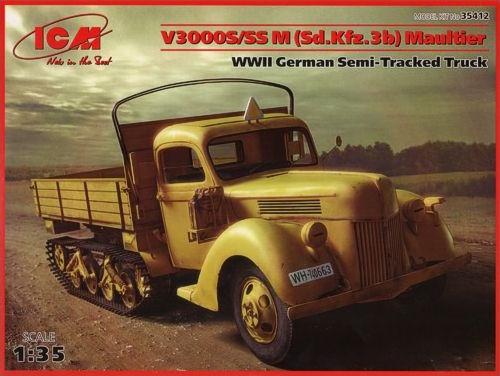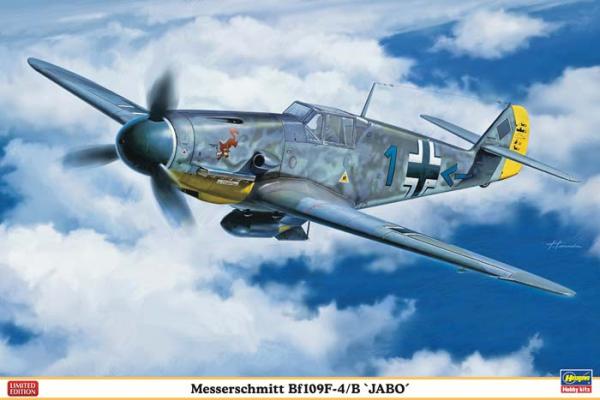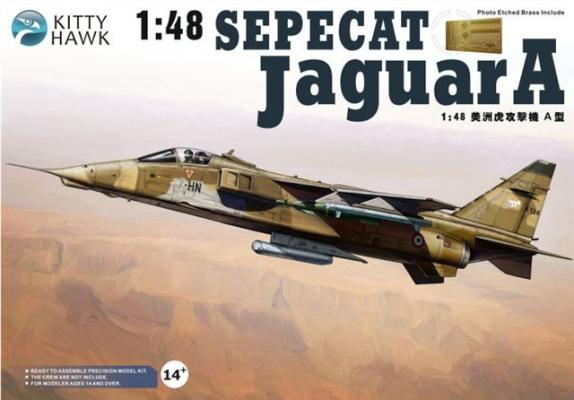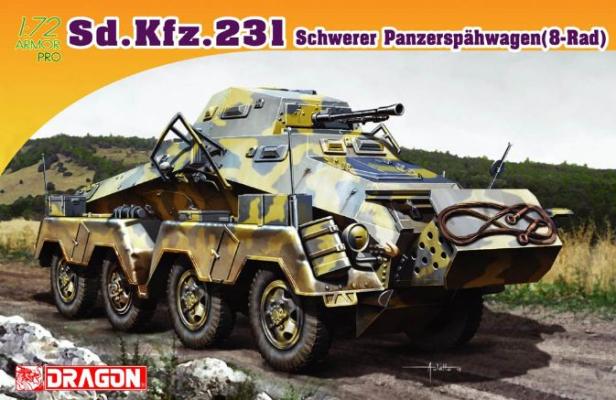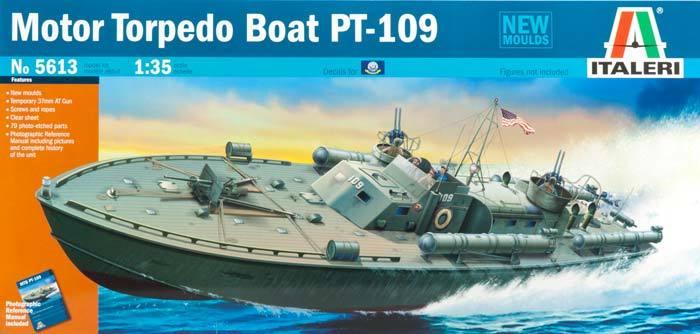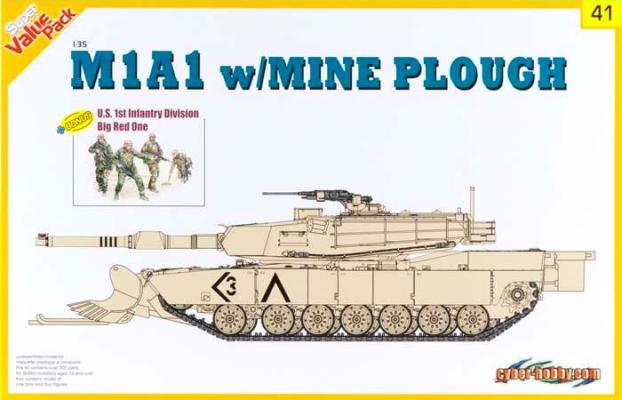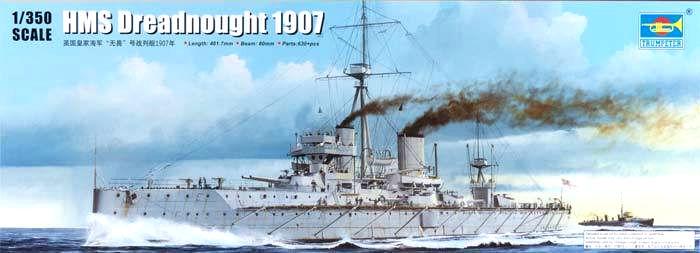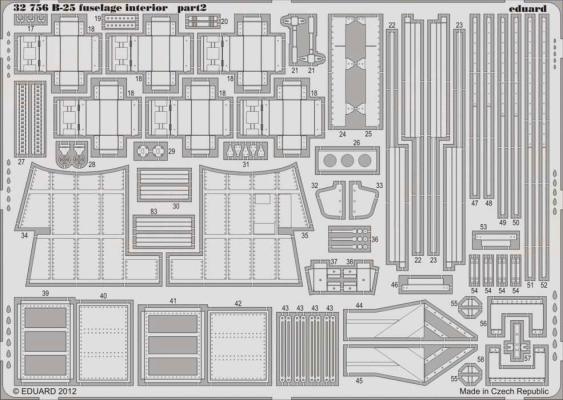I started war gaming when I was in high school because I was always interested in military history. I’ve also wondered about the “what if” scenarios of different battles. My interest in the subject just stayed with me through college and even into the Navy. I remember while I was at the anti-submarine warfare base in San Diego, California, my barracks room mates and I used to push our bunks out of the way and play General Quarters, metal warships and all. So when they wanted someone to review the War and Conquest rules book, I just had to jump at the chance to do it.
What's New
I happen to love F-86s in any shape or form, and the “D” is one of my favorites. I have built a few in the past in most scales and welcomed this one by Hasegawa in 1/72 as I never built one in this scale.
With this kit, Hasegawa chose to do it in the unusual “Shark Mouth” markings. This is a pleasant change from the usual marking as seen on most “D” models.
Upon opening the box, I was greeted with the usual Hasegawa silver plastic in four sprues, plus a clear one. The moldings were crisp with engraved panel lines. I had looked at an older kit of the “D” by Hasegawa and it seems to be the same kit, only with new decals.
Assembly was straightforward with no fit problems. The wings went on without the need of filler. One must remember to add a weight to the nose to prevent tail dragging. The cockpit was very nice; however, I think that seat harnesses could have been molded to the seat for a better look. I added some from tape.
During WWII, the German Wehmacht used a varity of truck types for their supply system. The most numerous were the 3-ton trucks, and of these many were the V3000S, produced at the Ford plant in Cologne. With the invasion of Russia, it quickly became obvious that tracked vehicles were vital if supplies were to be delivered. A solution was found to develop an add-on track system that could be bolted to the frames of different types of 3-ton trucks. When added to the Ford V3000S, it became the V3000S/SSM (Sd.Kfz.3b) Maultier. The Opel truck became the Sd.Kfza, and so on; they were all called Maultiers (German for mule).
I recently built the Hasegawa 1/32 scale Bf-109 F4 “Jabo” version. This was a great kit to build. In fact, if by some miracle I win the lottery or find a decently paying job, I actually plan on picking another one up.
The decal sheet gives you three versions to build: Oberleutnant Frank Liesendahl from 10 Jabo /JG2, Unteroffizier Felix Sauer from 10 Jabo /JG53, and Oberleutnant Werner Langemann, 10 Jabo /JG53. Unlike the Hellcat I reviewed a short while ago , the decals for this kit were crisp, clean, and really well done. The white is a clean, bright white, and the Blue 1 I plan on using for Liesendahl’s aircraft looks like it will stand out when applied.
History – The SEPECAT Jaguar is an Anglo-French jet ground-attack aircraft, originally used by the British Royal Air Force and the French Armée de l'Air in the close air support and nuclear strike role, and remains in service with several export customers, notably the Indian Air Force and the Royal Air Force of Oman.
Originally conceived in the 1960s as jet trainer with a light ground attack capability, the requirement for the aircraft soon changed to include supersonic performance and reconnaissance and tactical nuclear strike roles. A carrier-based variant was also planned for French service, but this was cancelled in favor of the cheaper Dassault Super Étendard. The airframes were manufactured by SEPECAT (Société Européenne de Production de l'avion Ecole de Combat et d'Appui Tactique), a joint venture between Breguet and the British Aircraft Corporation, one of the first major joint-Anglo-French military aircraft programs.
The iconic Sd.Kfz.231 has joined the fleet of Dragon’s 1/72 German vehicles from World War Two. Like its cousin, the 231 served in every theater of action. With dual driving positions, it served the Wehrmacht until 1943 when the production run came to end. The kit has five sprues and the two halves of the vehicle each molded separately, for a total of 93 parts. There is a small decal sheet and color schemes for five vehicles. The quality of the molding is very good. The sprues were loose in the box, though each sprue is individually bagged. Despite being knocked around during shipping, none of the pieces were damaged or separated from the sprue.
If you were male, young, and interested in ships in the early 1960’s, you know all about President John F. Kennedy and his crew with the PT-109. The movie PT-109 was released in June, 1963, right before President Kennedy was assassinated. Read about it on the net… those of us of a certain age already know the story! It’s also a great book to read…and Revell released a 1/72nd scale model of the boat at that time. It’s still available from the Revell catalog; an unending legacy.
Now, step up into big scale. Huge is a great moniker. Italeri’s PT-109 is the logical follow-on use of their previously released Elco PT-596. In 1/35nd scale, this is an absolutely massive model. Many in the R/C community have modified the basic kit with good results; as an electric-powered model, it’s impressive to watch. But that’s not why we’re here, is it?
History
The M1 Abrams is a third-generation main battle tank named after General Creighton Abrams, former Army Chief of Staff and Commander of US military forces in Vietnam from 1968 to 1972. Designed for modern armored warfare, the M1 is highly mobile, well armed, and heavily armored. Features include a gas turbine engine usually fueled with JP8 jet fuel, composite armor, and separate ammunition storage in a blow-out compartment. Weighing nearly 68 tons, it is one of the heaviest main battle tanks in service.
The M1 Abrams entered service in 1980, replacing the M60 tank. The M1 remains the principal main battle tank of the United States Army and Marine Corps, and the armies of Egypt, Kuwait, Saudi Arabia, Australia, and Iraq.
Three versions of the M1 Abrams have been deployed – the M1, M1A1, and M1A2, incorporating improved armament, protection, and electronics. The M1A3 is currently under development.
History Brief
May, 1905 – HMS Dreadnought approved for construction. Entered into service December, 1907, and served as the flagship of the British Royal Navy’s Home Fleet until 1912. March, 18, 1916, during the First World War, the HMS Dreadnought sank the German submarine U-29 in the North Sea. By 1918, the Dreadnought was assigned patrol duty of the Thames estuary. She was then transferred to the Reserve in 1919 and finally demolished in 1921.
The Product
Kit features 2-piece full hull, internal strengthening bulkheads, separately molded bilge keel, engraved deck plank texture, finely molded fittings, well detailed ships boats, hollow tip main battery gun barrels, 12pdr rapid fire guns, filigree masts and yardarms, display stand with nameplates, metal chains, and plenty of photo-etch parts. Includes 4-view color painting guide and decals representing jack, ensign and stern name lettering.
Eduard has issued this interior set to upgrade the HK Models 1/32nd B-25 interior by addressing several areas. The set comes with two large photo etched frets and one small colorized fret, all of which have excellent relief on the parts and great color on the small fret. This set addresses the tail gunner position, the top turret gunner position, both exit hatches, and the rear fuselage interior, along with barrel covers for the guns.

